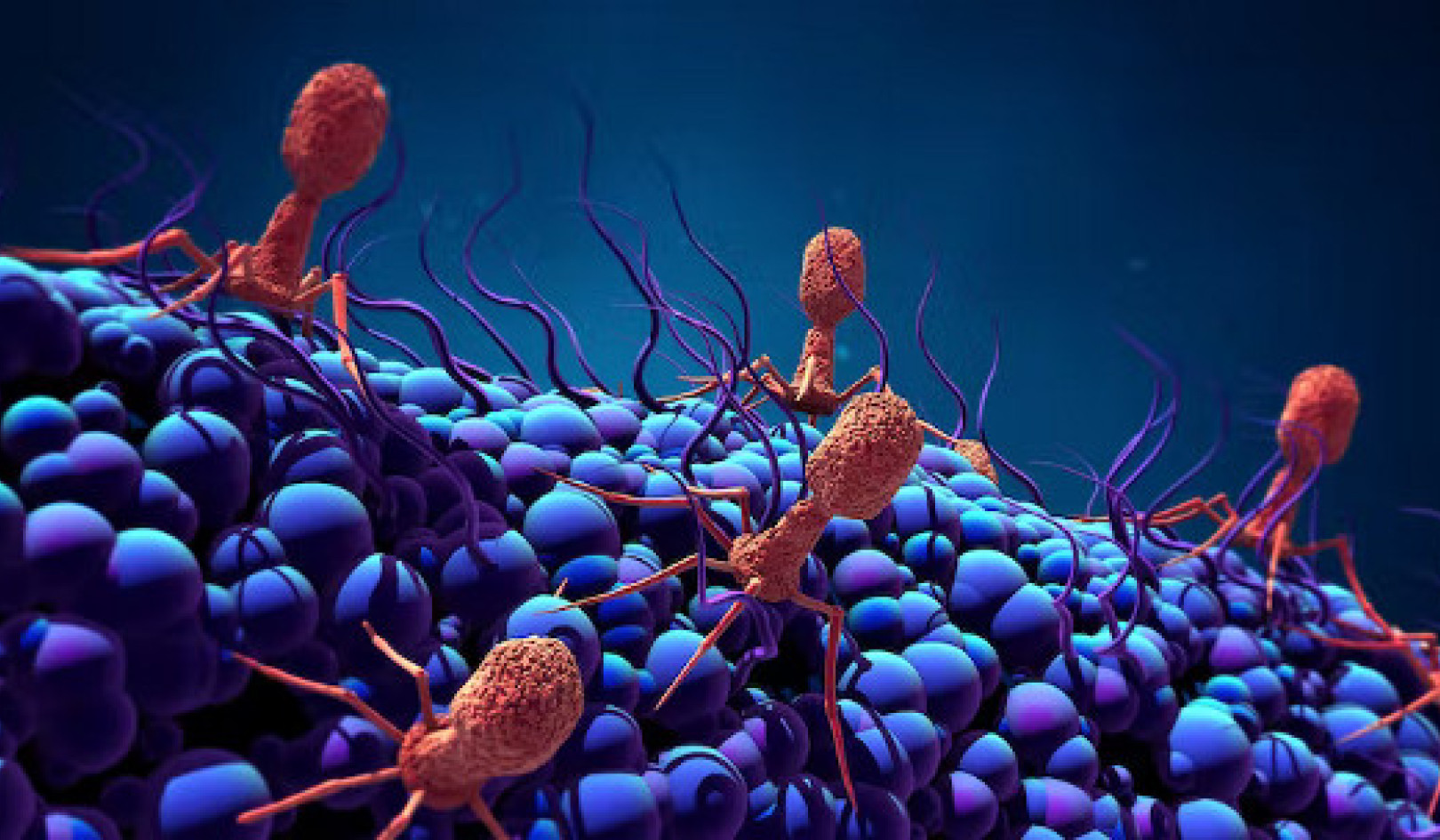People infected with SARS-CoV-2, the virus that causes COVID-19, can spread the virus when they speak, sing, cough, sneeze or even just breathe.感染了SARS-CoV-XNUMX(可導致COVID-XNUMX的病毒)的人可以在說話,唱歌,咳嗽,打噴嚏甚至呼吸時傳播病毒。 Scientists think face masks科學家認為口罩 幫助限制病毒傳播 by protecting everyone else from the infected wearer.保護其他所有人免受感染者的侵害。 As a result, face maks are now mandatory in many cities, states and countries to limit the spread of COVID-19.結果,現在在許多城市,州和國家中,都必須強制使用面部按摩器以限制COVID-XNUMX的傳播。
人們通常會戴外科手術,布或其他面罩,但不能完全防止病毒感染穿戴者 醫用級口罩 do appear to offer more protection.確實提供了更多保護。 Nonetheless, these don't have the same level of protection as N95 or P2 “respirator” masks worn by many health-care workers.但是,它們的防護等級與許多醫護人員所戴的NXNUMX或PXNUMX“呼吸器”面罩不同。 Additionally, how we wear the mask matters, as touching it often and not completely covering the nose and mouth renders it ineffective.此外,我們如何戴好口罩很重要,因為經常觸摸口罩而不能完全覆蓋鼻子和嘴巴會使口罩失效。
While these face coverings may not completely prevent us from getting infected with COVID-19, they probably reduce the number of virus particles we inhale — the “viral dose”.儘管這些面罩可能無法完全阻止我們感染COVID-XNUMX,但它們可能會減少我們吸入的病毒顆粒數量(“病毒劑量”)。 Scientists think a lower viral dose can reduce the severity of the disease we get.科學家認為,較低的病毒劑量可以降低我們所患疾病的嚴重程度。 Indeed, where universal face masking is implemented, a much higher proportion of確實,在實施通用面部遮罩的情況下, 新的COVID-19感染無症狀.
Could this lower viral dose help us build some immunity to the disease?較低的病毒劑量可以幫助我們增強對這種疾病的免疫力嗎? Two researchers from the University of California have raised this possibility,加利福尼亞大學的兩名研究人員提出了這種可能性, 在著名的《新英格蘭醫學雜誌》上寫作。 Although the theory hasn't been proven yet.儘管該理論尚未得到證實。
劑量使毒
How much virus we are initially infected with is a key determinant of how sick we get, according to evidence from other viruses and animal studies.根據其他病毒和動物研究的證據,我們最初感染多少病毒是決定我們患病程度的關鍵因素。 We also know this is true in hamsters that have been我們也知道這在曾經的倉鼠中是真的 實驗性感染SARS-CoV-2.
Imagine if you touch a door handle that happens to have one virus particle on it, and then touch your nose and breathe that particle in. You will be infected with that one virus particle.想像一下,如果您觸摸碰到上面正好有一個病毒顆粒的門把手,然後觸摸您的鼻子並吸入該顆粒。您將被該病毒顆粒感染。 One一 估計, published in the Lancet, suggested one SARS-CoV-2 virus particle will have replicated to make nearly 30 new virus particles in 24 hours.在《柳葉刀》雜誌上發表的文章暗示一種SARS-CoV-30病毒顆粒將被複製,在30小時內可產生近900種新的病毒顆粒。 Those 24 new particles can then go on to infect XNUMX more cells, giving rise to XNUMX new particles in the next XNUMX hours or so.然後,這XNUMX個新粒子可以繼續感染另外XNUMX個細胞,在接下來的XNUMX小時左右會產生XNUMX個新粒子。
Now imagine someone sneezes right in your face and you inhale 1,000 virus particles.現在想像一下有人在您的臉上打噴嚏,您會吸入30,000個病毒顆粒。 After one round of replication you could have 900,000 particles, and then 1,000 in the round after.一輪複製後,您可能有XNUMX個粒子,然後在這一輪中有XNUMX個。 In the same period of time your body could be dealing with XNUMX times more virus, compared to the first scenario.與第一種情況相比,在同一時間段內,您的身體可能承受的病毒數量增加了XNUMX倍。
{vembed Y=UNCNM7AZPFg}
不同類型的口罩如何工作以阻止飛沫說話,咳嗽和打噴嚏(胸部)。
Once the immune system detects the virus, it has to race to get it under control and stop it replicating.一旦免疫系統檢測到病毒,它就必須進行競爭以使其受到控制並阻止其複制。 It does this in three main ways:它以三種主要方式執行此操作:
-
告訴我們的細胞如何破壞病毒複製
-
產生識別和中和病毒的抗體以阻止其感染更多細胞
-
產生專門殺死病毒感染細胞的T細胞。
While the first step is relatively quick, creating specific antibodies and T cells takes days or even weeks.儘管第一步相對較快,但創建特異性抗體和T細胞需要幾天甚至幾週的時間。 Meanwhile, the virus is replicating over and over again.同時,該病毒一遍又一遍地複制。 So the initial dose of virus really determines how much of the body the virus has infected before the immune system kicks fully into gear.因此,病毒的初始劑量實際上決定了在免疫系統全面發揮作用之前,該病毒感染了多少身體。
長期免疫又如何呢?
The more virus there is, the bigger the immune response has to be to control it.病毒越多,控制它的免疫反應就越大。 And it's the immune response that actually causes the symptoms, like fever.真正引起症狀(例如發燒)的是免疫反應。 In an asymptomatic infection, we think the immune system has probably managed to get the virus under control early on, so the immune response itself is possibly smaller, and so we won't see any symptoms.在無症狀感染中,我們認為免疫系統可能已儘早控制了病毒,因此免疫反應本身可能較小,因此我們看不到任何症狀。
We also think many cases of very severe COVID-19 might really be a result of the immune system overreacting.我們還認為,許多非常嚴重的COVID-XNUMX病例實際上可能是免疫系統反應過度的結果。 This is why the steroid treatment dexamethasone, which suppresses the immune response, shows promise in treating severe cases (這就是為什麼抑制免疫反應的類固醇治療地塞米鬆在重症患者中顯示出前景的原因(但不是溫和的).
After we clear an infection, we keep some immune cells around in case we get infected again.清除感染後,我們會保留一些免疫細胞,以防再次感染。 These are B cells, which produce antibodies specific to SARS-CoV-2, and T cells, which kill virus-infected cells.這些是B細胞,它們產生對SARS-CoV-2特異的抗體,而T細胞則殺死被病毒感染的細胞。 This is also the premise behind vaccination: we can trick the immune system into making those SARS-CoV-XNUMX specific cells without having been infected.這也是接種疫苗的前提:我們可以誘騙免疫系統製造那些SARS-CoV-XNUMX特異性細胞而無需感染。
Because face masks might allow a small number of virus particles through, wearers might be more likely to get asymptomatic infections.由於口罩可能會允許少量病毒顆粒通過,因此配戴者可能更容易出現無症狀感染。 This might be enough to protect them from future infection with SARS-CoV-2.這可能足以保護他們免受SARS-CoV-XNUMX的未來感染。 So if we are in a situation where there is high community transmission, and we can't always maintain physical distance, wearing a face mask might be a factor that helps us in the long run.因此,如果我們處於社區傳播頻繁的情況下,並且無法始終保持身體距離,則戴上口罩可能是長期幫助我們的因素。
這是支持口罩的另一個論點
While this sounds promising, there's still a lot we don't understand.雖然這聽起來很有希望,但仍有許多我們不了解的地方。 We don't know yet whether an asymptomatic infection would generate enough immunity to guard against future infection — or if this is even measurable.我們尚不知道無症狀感染是否會產生足夠的免疫力來預防將來的感染-甚至是否可以衡量。
Viral dose is likely to be just one factor among many that determines how sick someone gets with COVID-19.病毒劑量可能只是決定某人患COVID-19的病情的因素之一。 Other factors include age, sex, and other underlying conditions.其他因素包括年齡,性別和其他潛在狀況。 Finally, even with asymptomatic infections, we don't know yet what the long term effects of COVID-19 are.最後,即使是無症狀感染,我們仍不知道COVID-XNUMX的長期影響是什麼。 It's best to avoid getting COVID-XNUMX altogether if possible.如果可能的話,最好避免完全獲取COVID-XNUMX。
Nevertheless, this is yet another reason to keep wearing face masks.儘管如此,這是保持戴口罩的另一個原因。 As many cases of COVID-19 are asymptomatic, we could still be transmitting the virus even without symptoms.由於許多COVID-XNUMX病例無症狀,即使沒有症狀,我們仍然可以傳播病毒。 That's why wearing a mask is a responsible thing to do, even if we feel fine.這就是為什麼即使我們感覺很好也要戴口罩的原因。
關於作者
Larisa Labzin,分子生物科學研究所研究員 昆士蘭大學
books_disease























